The axolotl ( /ˈæksəlɒtəl/; etymol. náhuatl axolotl - "water monster"), Scientific name: Ambystoma mexicanum, is a neotenic salamander, closely related to the Tiger Salamander. Larvae of this species fail to undergo metamorphosis, so the adults remain aquatic and gilled. It is also called ajolote (which is also a common name for different types of salamander). The species originates from numerous lakes, such as Lake Xochimilco underlying Mexico City. Axolotls are used extensively in scientific research due to their ability to regenerate limbs.
Axolotls should not be confused with waterdogs, the larval stage of the closely related Tiger Salamanders (Ambystoma tigrinum and Ambystoma mavortium), which are widespread in much of North America and also occasionally become neotenic, nor with mudpuppies (Necturus spp.), fully aquatic salamanders which are not closely related to the axolotl but bear a superficial resemblance.
As of 2010, wild axolotls are near extinction due to urbanization in Mexico City and polluted waters. Nonnative fish such as African tilapia and Asian carp have also recently been introduced to the waters. These new fish have been eating the axolotls' young, as well as its primary source of food. The axolotl is currently on the International Union for Conservation of Nature's annual Red List of threatened species.
Illustration of Male and Female Axolotl
Male
Female
-----------------------------------------------------
Dark toe tips on lightly coloured axolotls indicate sexual maturity.
-----------------------------------------------------------
Fact:
The Pokémon, Mudkip, is based on the axolotl.
The fictional axlotl tanks of Frank Herbert's Dune series of novels.
Argentine author Julio Cortazar wrote a story titled "Axolotl"; in this story, a man develops a fascination with the axolotls in Paris' Jardin des Plantes and ultimately becomes one of them. The story appeared in his collection Final del Juego and has appeared in multiple anthologies.
-----------------------------------------------------------
The diagram on the right is a summary of the development of the Axolotl, from egg to adult. The red line below each animal represents roughly 2 mm. The egg (stage 1) is typically amphibian. It comprises of the embryo, which measures about 2 mm in diameter, and also the surrounding layers of jelly. The jelly is the product of water and a substance that is secreted around the egg when it is laid. Stage 2 is the embryo prior to hatching. At this stage it is approximately 11mm in length. Stage 3 is the young larva, prior to the growth of limbs.
Larval axolotls tend to be transparent for their first few weeks of life, or until the skin has thickened and pigment cells have proliferated over the body, so the organs are quite visible, as well as the progress of any food in the digestive tract.
After approximately two weeks, the larva reaches stage 4. Like all other caudates (newts and salamanders), and unlike anurans (frogs and toads), the front legs develop first, followed within a few weeks by the hind legs.
At stage 5 the axolotl is, to all intents and purposes, a miniature adult. I once saw a friend's female axolotl that was about 43 cm (17 inches) in length. However, a large size for most axolotls would be 25-30 cm (10-12 inches). The average seems to be about 23-25 cm (9-10 inches). Adults tend to reach their full size after eighteen months to two years, the growth rate depending on how well they are fed and at what temperature they are kept. I've raised axolotls to 26 cm in 7 months, but that's exceptionally fast.
------------------------------------------------------------
Substrates
Axolotls have a nasty habit of getting normal aquarium gravel in their mouths, and occasionally swallowing it. This can be fatal because the gravel can cause blockages in the gut. It's rare, but not rare enough to be worth risking. In short, if you use normal aquarium gravel you risk killing your axolotl.
Gravel-swallowing can be avoided by using gravel that is very large (larger than the animal's head). If you use an external filter like me, stones tend to let debris accumulate in the tank, and so the filter has a hard time keeping the the bottom clear of solids. Since axolotls are messy, the filter may difficulty dealing with the excrement and waste food that accumulate in gravel. If you do use gravel, it's advisable to siphon the waste out of it - a "gravel cleaner" is ideal for this purpose.
As another alternative, fine sand is also a good substrate, as it will not clog the digestive tract if ingested. It has been my experience that axolotls can't "grip" the bottom of a glass tank. Some people feel that this is stressful for the animal. Plastic tanks don't suffer from this problem so much because no plastic is as smooth as glass. Other alternatives for substrate include flat pieces of slate covering a large portion of the tank bottom, gravel that is glued into the bottom of the tank using aquarium sealant, or a simple layer of dark-colored aquarium sealant in the bottom of the tank. Aquarium sealant should always be allowed to cure thoroughly before water is added to the tank.
Results 1 to 10 of 125
Thread: Mexican Axolotl Group
-
05-11-2012, 09:06 AM #1
 Mexican Axolotl Group
Mexican Axolotl Group
-
05-11-2012, 09:07 AM #2
 Re: Mexican Axolotl Group
Re: Mexican Axolotl Group
reserve for more addition------------------
-
05-12-2012, 01:42 AM #3
 Re: Mexican Axolotl Group
Re: Mexican Axolotl Group
Gud pm, i have an axolotl and i was wondering if i really need a chiller to maintain the temp?
This is from axolotl.org:
the optimum temperature for axolotls is between about 16 °C and 18 °C (60-64 °F). Lower temperatures lead to sluggish behaviour, slower metabolism, and decreased appetite. Axolotls do not hibernate, so it is not helpful to cool them below 10 °C, although they shouldn't suffer unduly if kept at these lower temperatures.
Some hobbyists in temperate regions maintain axolotls in outdoor ponds. These ponds may even ice over during the winter. Provided the winter isn't particularly harsh or long, axolotls can do quite well under outdoor conditions. Obviously, a food source must be present during the rest of the year.
Temperatures above 24 °C (75 °F) are very stressful to axolotls. Such temperatures cause metabolism to increase (the rate at which the body "works"), and consequently, an increase in appetite. However, the stress resulting from more than a day or two of exposure to these temperatures will quickly lead to disease and death. You can read more about axolotl diseases and their treatment on the Health Page.
-
05-12-2012, 07:23 AM #4
 Re: Mexican Axolotl Group
Re: Mexican Axolotl Group
@blacktits no bro i can suggest you these following options which my friends and me are doing
Options:
*put the axolotl in coolest part of your house
*put ice occationally
*use aerator
*use small electric fan
*put them inside your room for aircondition
These are just my options if you see your axolotl stressed out
But normally my friend uses a temp of 27-30 degrees he said if you reach 30 you shoul add water for coolant.
But the normal temp is 27~28 on outdoors 26~27
*avoid putting them in direct sunlight
22~28 degrees is fine but the cooler the better
-
05-12-2012, 02:16 PM #5
-
05-12-2012, 02:30 PM #6
 Re: Mexican Axolotl Group
Re: Mexican Axolotl Group
Here my Albino Axolotl
OLD SET UP
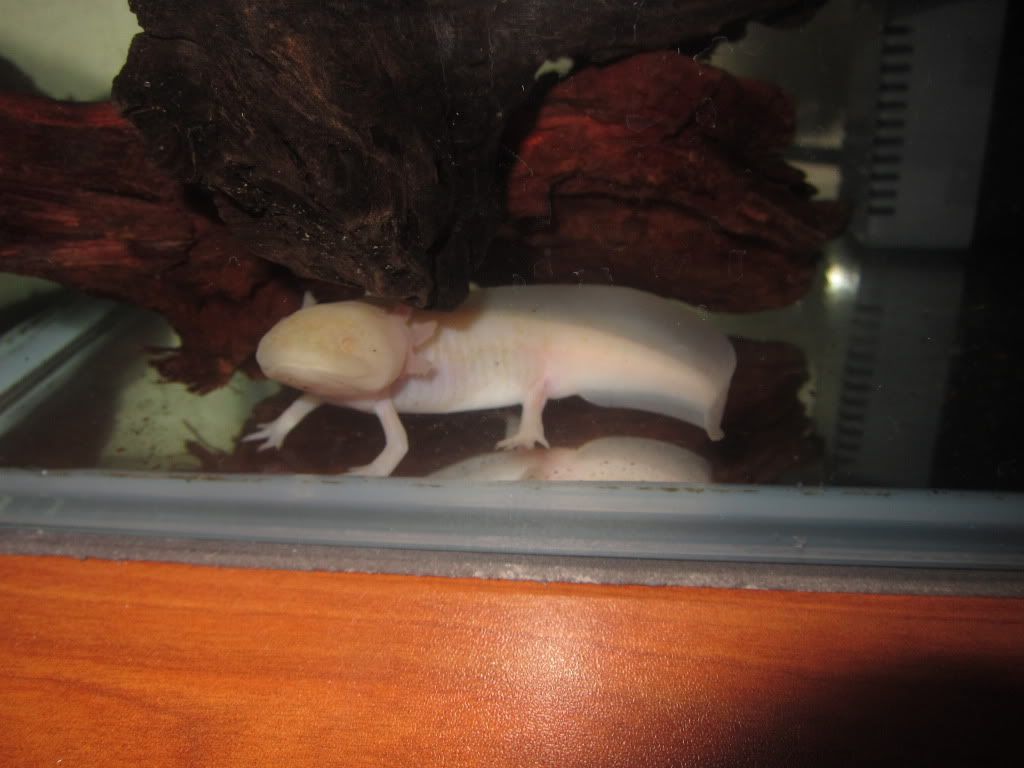
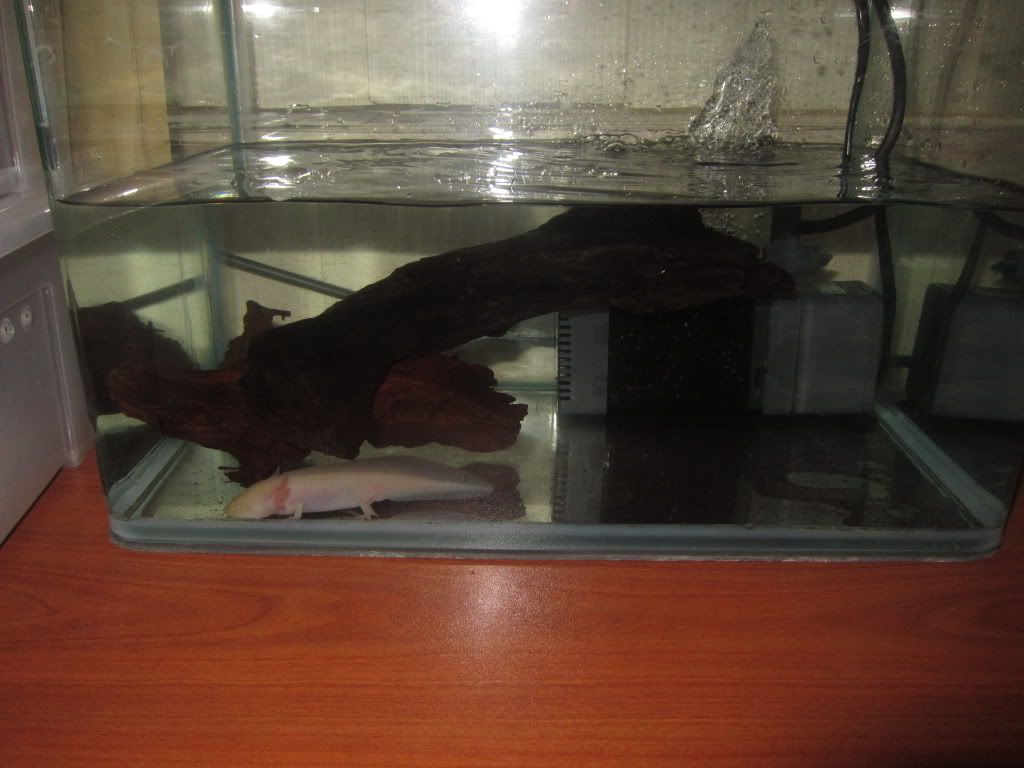
NEW SET UP
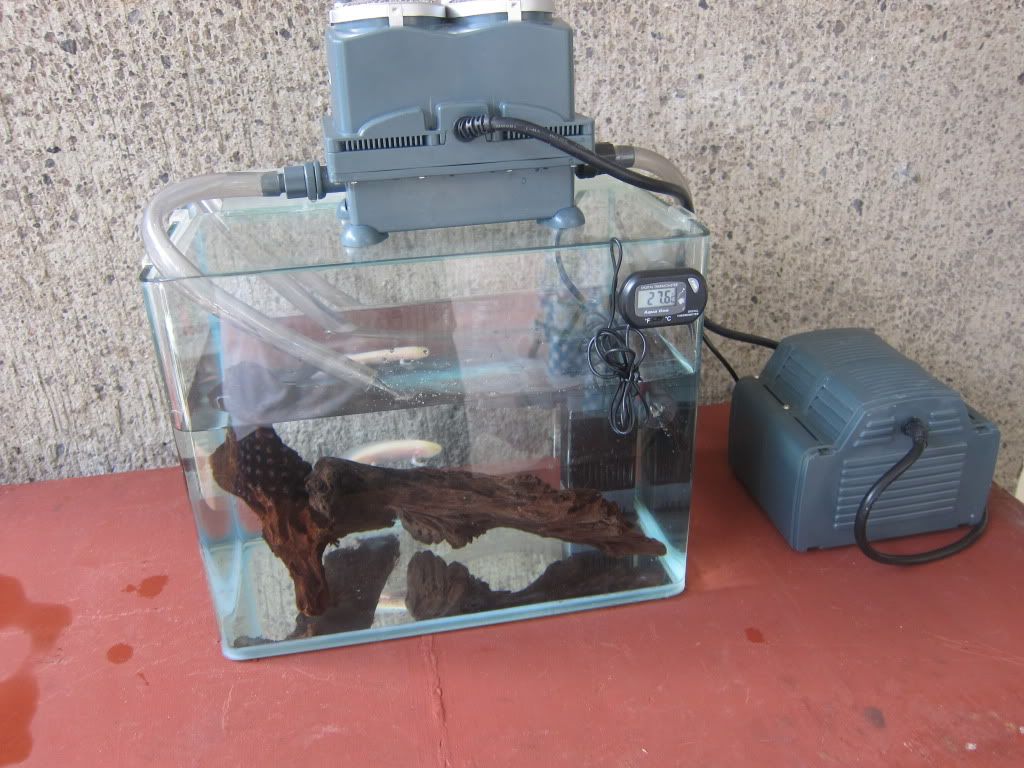
CHILLER
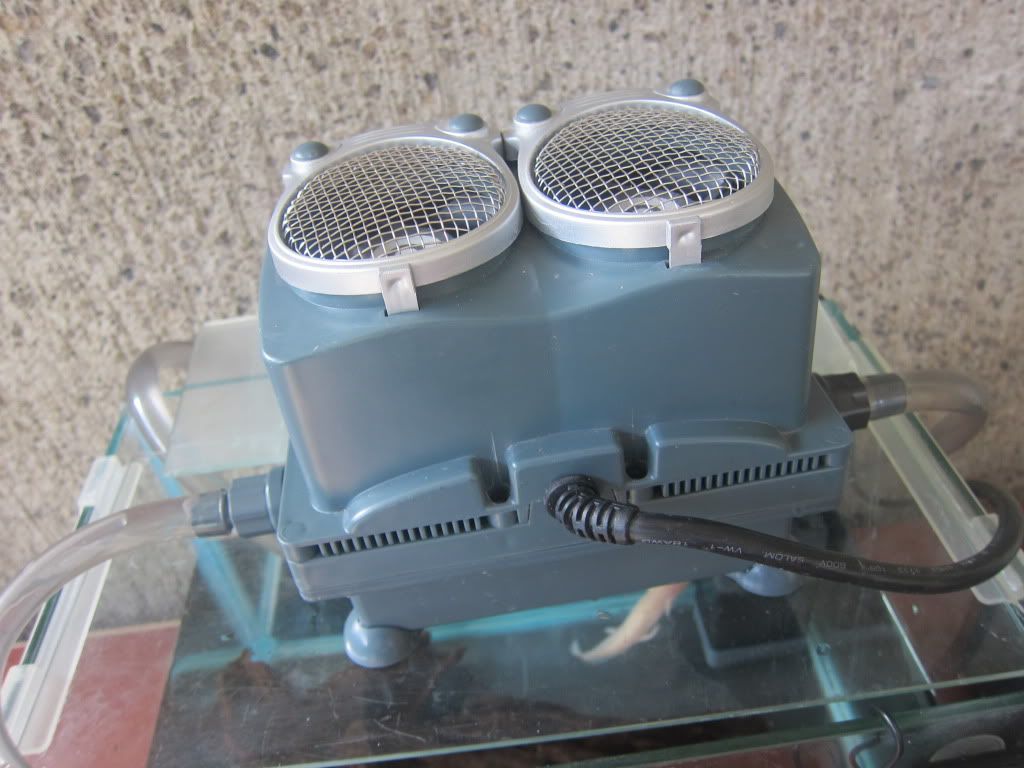
FILTER
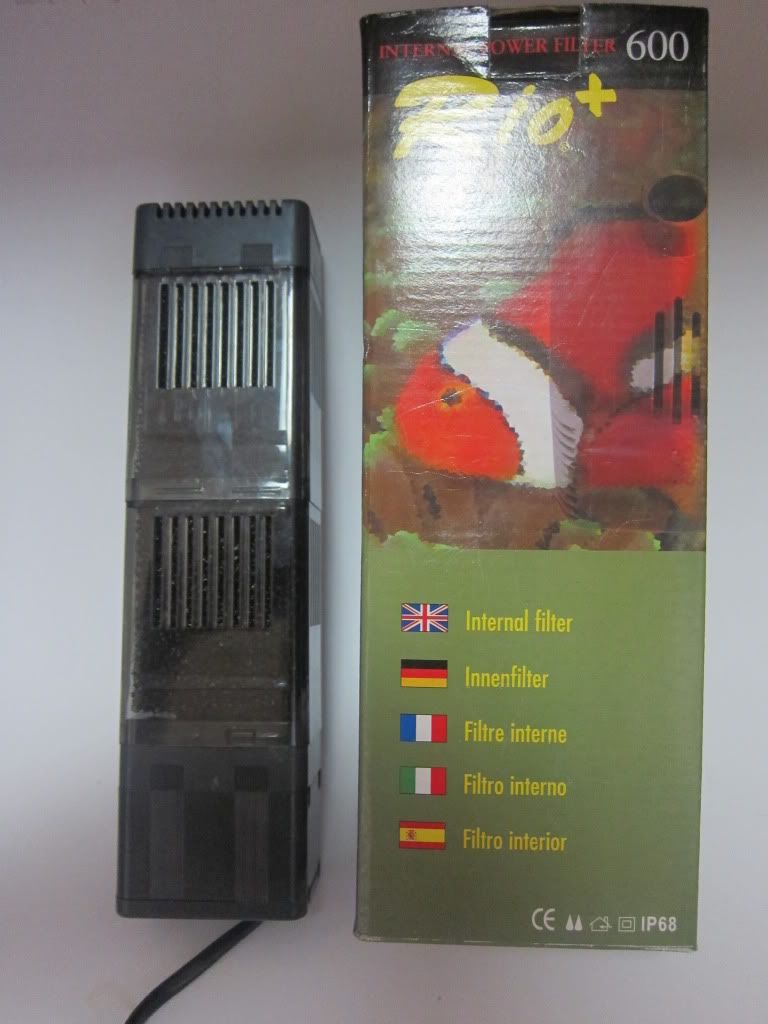
is this ok? the pic sows the temp at 27 C, cos i just turned it on now its at 20-24 C
-
05-12-2012, 10:56 PM #7
 Re: Mexican Axolotl Group
Re: Mexican Axolotl Group
Just dont drop your temp at 20 below sir

I have'nt tried using a chiller but that looks great i'll pm u for more details
i'll pm u for more details
-
05-12-2012, 11:32 PM #8
-
05-12-2012, 11:44 PM #9
 Re: Mexican Axolotl Group
Re: Mexican Axolotl Group
very informative bro..Love to get one soon
-
05-12-2012, 11:53 PM #10
 Re: Mexican Axolotl Group
Re: Mexican Axolotl Group
Im pretty sure if you keep a higher oxygen content reduce the length of their gills.
Advertisement
Similar Threads |
|







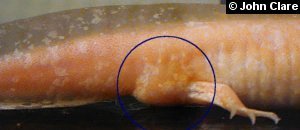
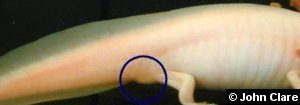
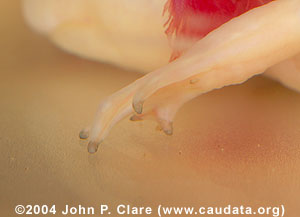
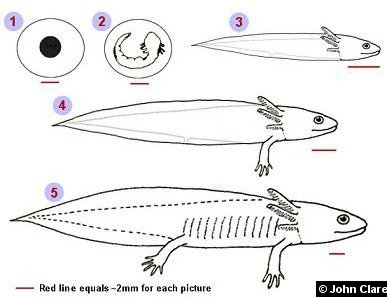

 Reply With Quote
Reply With Quote

